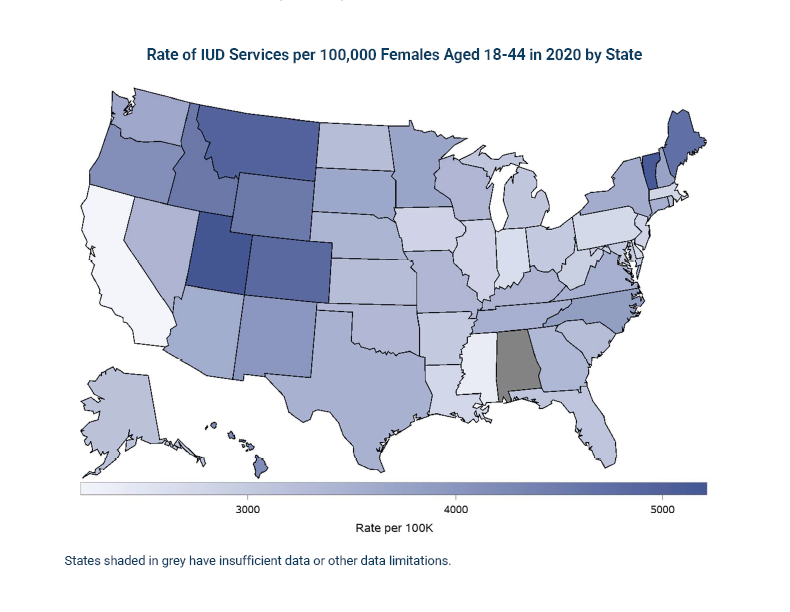Briefs
-
Rising Share of Chemotherapy Services Provided in Outpatient Departments is Associated with Higher Costs for Patients and Payers
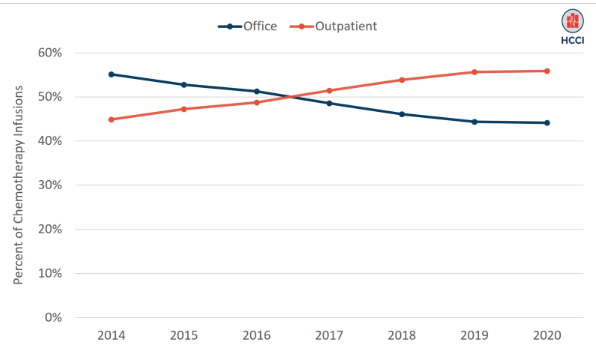 Read more: Rising Share of Chemotherapy Services Provided in Outpatient Departments is Associated with Higher Costs for Patients and Payers
Read more: Rising Share of Chemotherapy Services Provided in Outpatient Departments is Associated with Higher Costs for Patients and PayersEvery year, 1 million people in the U.S. receive chemotherapy for cancer treatment. Most chemotherapy treatment requires patients to be present in a physician’s office or hospital outpatient department to receive the treatment (typically an infusion or injection). Chemotherapy plays a critical role in treatment for many patients with cancer, but it also often leads…
-
HCCI Spotlights Colorectal Cancer Awareness Month: Use of Cologuard Doubled over 2018-2020, Despite Drops Early in the COVID-19 Pandemic
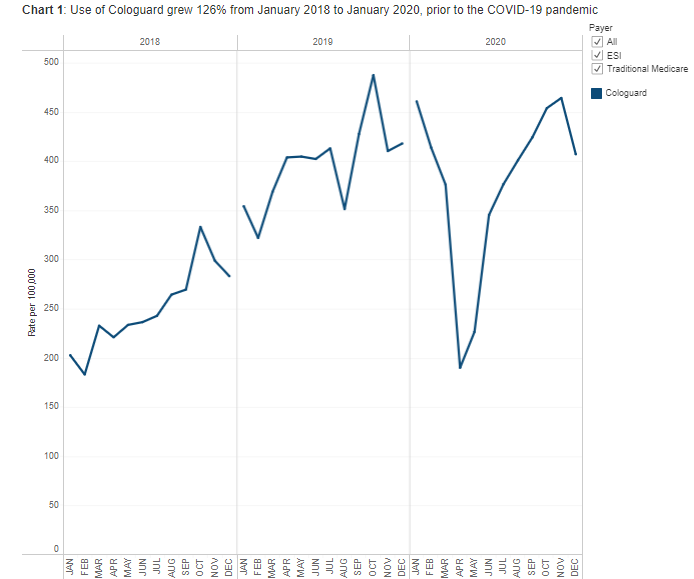 Read more: HCCI Spotlights Colorectal Cancer Awareness Month: Use of Cologuard Doubled over 2018-2020, Despite Drops Early in the COVID-19 Pandemic
Read more: HCCI Spotlights Colorectal Cancer Awareness Month: Use of Cologuard Doubled over 2018-2020, Despite Drops Early in the COVID-19 PandemicColorectal cancer screenings are essential for early disease detection, prevention, and treatment. Since 2014, Cologuard, a DNA-based screening test that can detect colorectal cancer and precancerous cells, has been available to individuals 45 and older at average risk for colorectal cancer. In contrast to colonoscopies, which must be done at a health care facility, Cologuard is…
-
HCCI Spotlights Colorectal Cancer Awareness Month: Colonoscopy Prep Drugs Underscore the Tradeoff Between Cost and Patient Preference
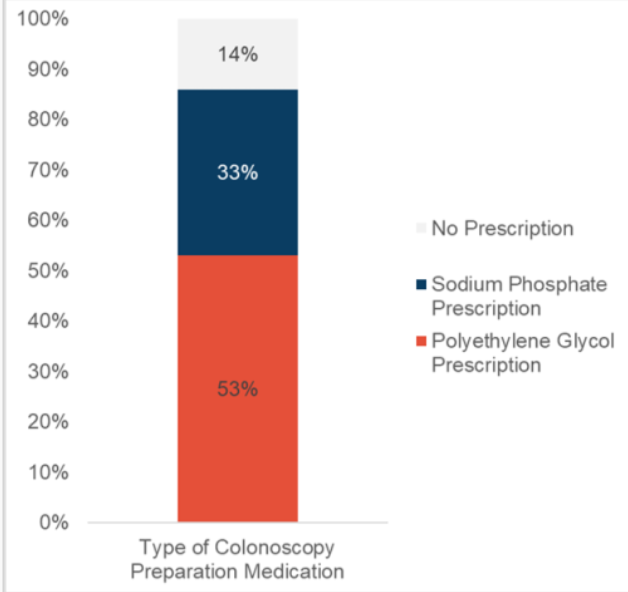 Read more: HCCI Spotlights Colorectal Cancer Awareness Month: Colonoscopy Prep Drugs Underscore the Tradeoff Between Cost and Patient Preference
Read more: HCCI Spotlights Colorectal Cancer Awareness Month: Colonoscopy Prep Drugs Underscore the Tradeoff Between Cost and Patient PreferenceColorectal cancer is the third most common cancer diagnosed in the U.S., and the second most common cause of cancer deaths among men and women combined. Screening via colonoscopy is highly effective in terms of improving prognosis of colorectal cancer via early detection; over 90% of patients who are diagnosed early (i.e., when the cancer is small…
-
Seasonal Trends in Antibiotic Use were Disrupted by COVID-19
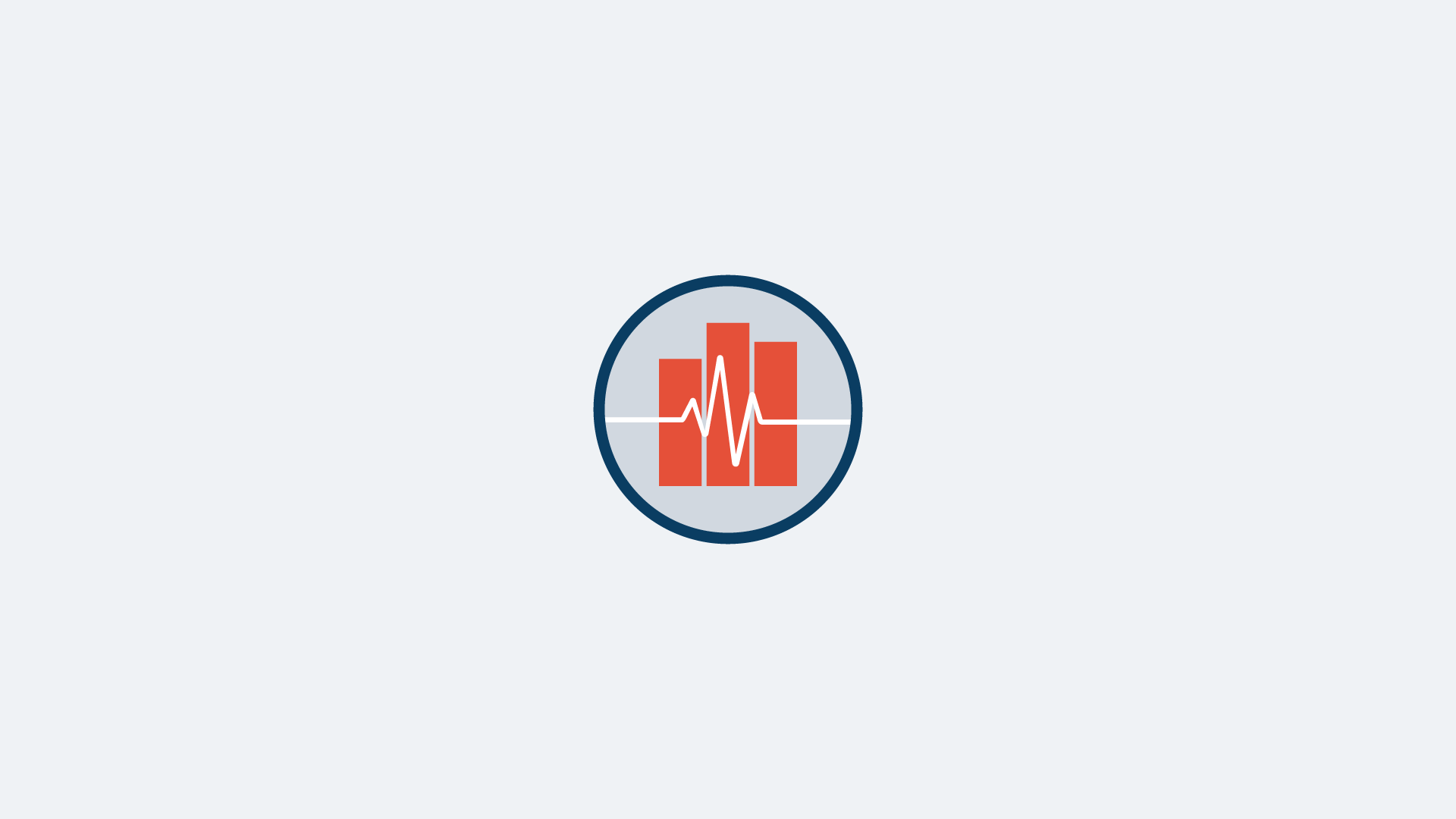 Read more: Seasonal Trends in Antibiotic Use were Disrupted by COVID-19
Read more: Seasonal Trends in Antibiotic Use were Disrupted by COVID-19November and December of 2022 saw growth in rates of flu, RSV, and COVID, that renewed attention to a seasonal trend of increased respiratory illnesses in the winter months. Data from Medicare, Medicaid, and private insurance illustrate the seasonal ups and downs of respiratory infections. Earlier HCCI research showed that hospitalizations from respiratory illness increased…
-
HCCI Data Brief: Sexual and Reproductive Health Among People with Employer-Sponsored Insurance
Read more: HCCI Data Brief: Sexual and Reproductive Health Among People with Employer-Sponsored InsuranceReproductive and sexual health services play an important role in daily life and wellbeing for many people. These services include preventive services (such as screenings for sexually transmitted infections and reproductive cancers), contraceptive services, and services relating to pregnancy and childbirth. The objective of this report is to provide national and state data on the use…
-
Going Beyond the Healthy Marketplace Index: A Closer Look at Four Metro Areas
Tags: HMI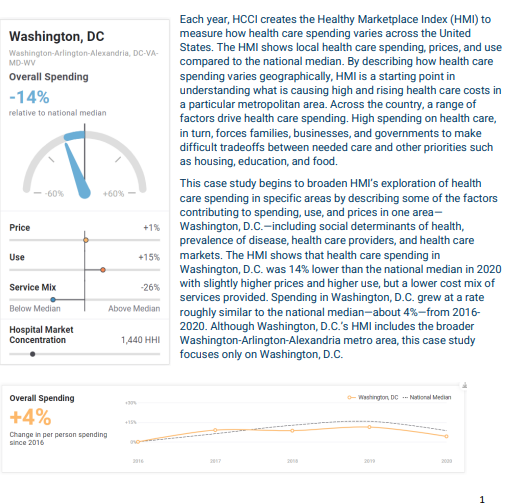 Read more: Going Beyond the Healthy Marketplace Index: A Closer Look at Four Metro Areas
Read more: Going Beyond the Healthy Marketplace Index: A Closer Look at Four Metro AreasEach year, HCCI creates the Healthy Marketplace Index (HMI) to examine how health care spending varies across the United States. The HMI shows health care spending, prices, and use compared to the national median for close to 200 local metro areas. By describing how health care spending varies geographically and how use and price contribute…
-
HCCI Data Byte: Using 5-Digit Enrollee and Hospital Zip Code Data to Examine Travel Times for Children’s Hospital Services
 Read more: HCCI Data Byte: Using 5-Digit Enrollee and Hospital Zip Code Data to Examine Travel Times for Children’s Hospital Services
Read more: HCCI Data Byte: Using 5-Digit Enrollee and Hospital Zip Code Data to Examine Travel Times for Children’s Hospital ServicesHCCI’s commercial claims dataset includes claims for over one-third of the population with health insurance through their job (employer-sponsored insurance, or ESI). There are a number of unique features of these data that make them valuable for answering important health care and health policy questions. One such feature is the 5-digit zip codes of ESI…
-
Trends in STI Screening Utilization
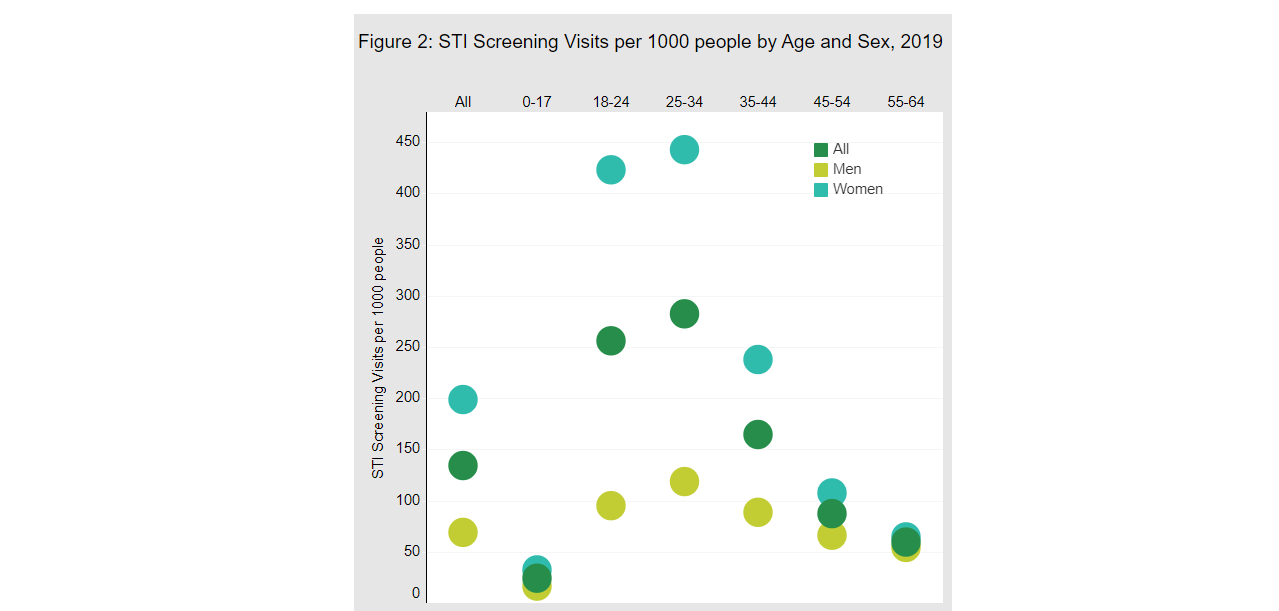 Read more: Trends in STI Screening Utilization
Read more: Trends in STI Screening UtilizationSexually transmitted infections (STIs) are infections caused by pathogens spread through sexual contact. STIs can progress from an infection into a sexually transmitted disease (STD). Chlamydia, gonorrhea, syphilis and HIV are the most commonly screened for STIs in the US. The CDC STD Surveillance Data estimates that there were more than 2.5 million cases of chlamydia,…
-
ESI Enrollees Paid $853 on Average Out-of-Pocket for Health Care in 2020, But Some People Paid Over Four Times as Much
 Read more: ESI Enrollees Paid $853 on Average Out-of-Pocket for Health Care in 2020, But Some People Paid Over Four Times as Much
Read more: ESI Enrollees Paid $853 on Average Out-of-Pocket for Health Care in 2020, But Some People Paid Over Four Times as MuchHigh out-of-pocket costs for health care services can put necessary care and medications out of reach for many people. In one survey, nearly half of adults reported difficulty paying for health care services. In this brief, we used HCCI’s commercial claims dataset, which includes health care spending information for over one-third of the population who…
-
Growing Rate of Billed Emergency Department Use in Childbirth Inpatient Admissions
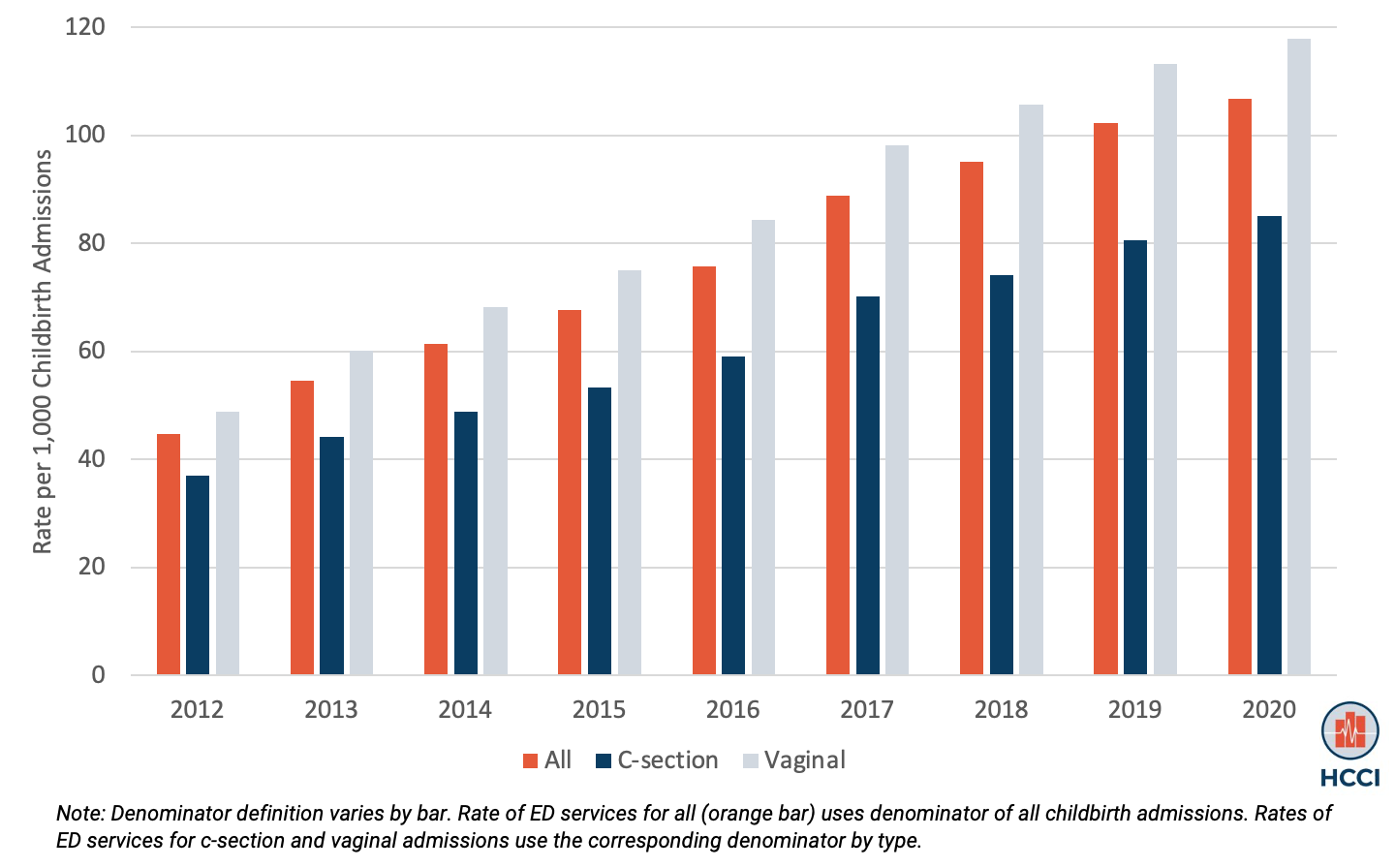 Read more: Growing Rate of Billed Emergency Department Use in Childbirth Inpatient Admissions
Read more: Growing Rate of Billed Emergency Department Use in Childbirth Inpatient AdmissionsA recent KHN article reported on the growing presence of “obstetric emergency departments” (OBEDs) in U.S. hospitals. Hospitals suggest that OBEDs, which are generally located within labor and delivery departments and often indistinguishable from standard triage rooms, allow pregnant patients with potential emergent conditions (or when they are in labor) to be seen quickly by hospitalists….

